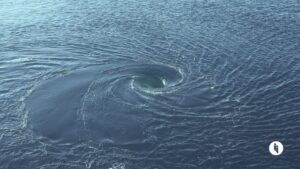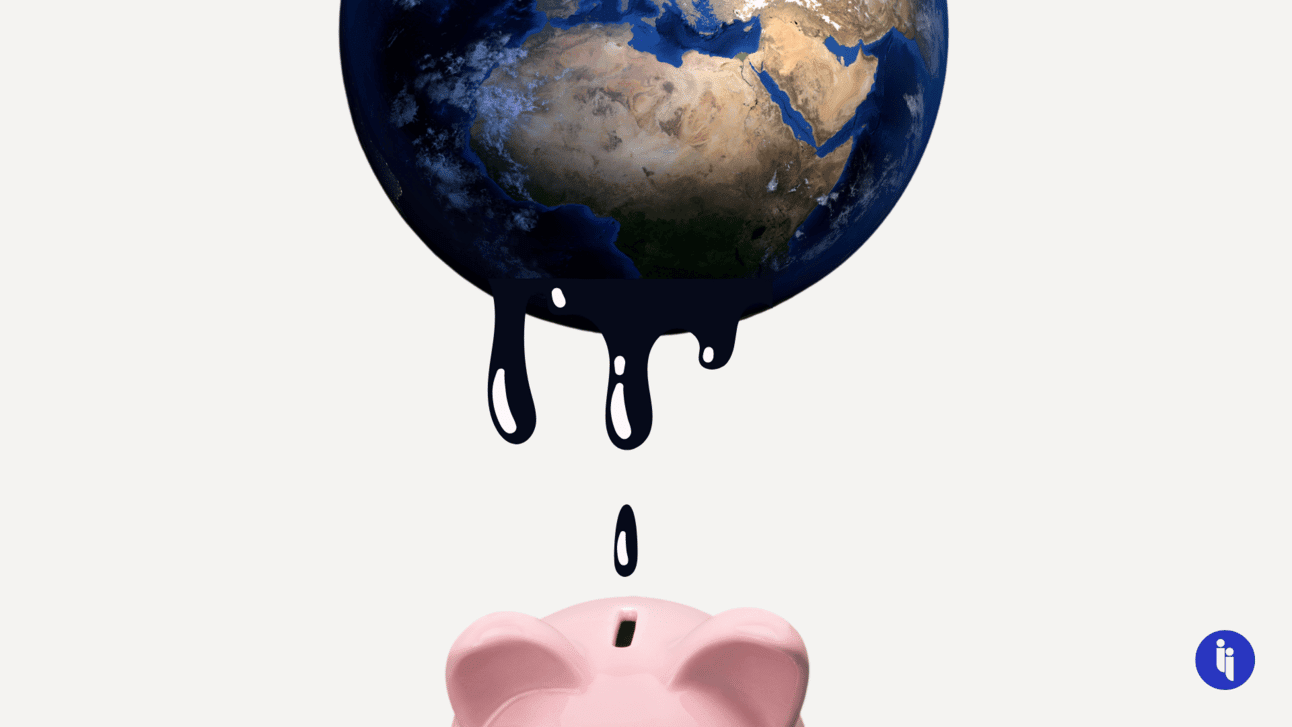Hedge funds saw eye-popping profits last year thanks to ‘catastrophe bonds’ and other insurance-linked products, according to new data from Bloomberg.
The words ‘hedge fund’ and ‘profit’ often appear in the same sentence, as the former’s whole raison d’etre is about chasing the latter. Investors place their cash with hedge funds, which promise bigger returns via riskier strategies while earning themselves handsome fees along the way.
And one hedge fund strategy that’s currently hot involves catastrophe bonds, or cat bonds. They first emerged in the 1990s as a better way for insurance companies, burnt by costly natural disasters, to manage risk:
Stay on top of your world from inside your inbox.
Subscribe for free today and receive way much more insights.
Trusted by 148,000+ subscribers
No spam. No noise. Unsubscribe any time.
- Hedge funds promise to pay insurers a specific sum if a specific disaster (like a category 5 hurricane) hits within a specific time (say three years)
- In return, insurance companies promise to pay the hedge funds a fixed interest rate until the disaster happens or the agreed timeframe ends
Insurance companies are happy because they can pay a predictable interest rate to help smooth out Mother Nature’s unpredictability. And hedge funds are happy because they earn higher interest to compensate for the higher risk they’re accepting (which they hedge by diversifying across lots of investments).
Why have cat bonds become more popular?
- All the research we’re seeing indicates that climate change is making natural disasters more frequent and more intense
- This means the damage bill from natural disasters continues to grow, hitting $250B last year (only $95B of which was insured), and
- That damage bill has been exacerbated by inflation, spiking both the value of insured assets and the cost of repairing or rebuilding them
This all means insurance companies are issuing more (and bigger) cat bonds, covering more types of disasters. And that means that, while the total cat bond market is still relatively small ($45B), it’s growing.
So then, why are hedge funds making so much money off cat bonds?
It’s partly a function of supply and demand – i.e., more insurers are looking to offset more risk, meaning they’re having to offer higher returns to lure investors.
But it’s also just a function of luck: US hurricanes were relatively mild last year.
So that’s why a handful of hedge funds enjoyed 20% returns in 2023, compared with an 8% average across the broader hedge fund industry.
INTRIGUE’S TAKE
Three things come to mind here.
First, it’s interesting to see markets driving this adaptation themselves while international climate negotiations inch onwards.
Second, investing is about spotting gaps, and the gap here is between fear (more disasters) and reality (a relatively quiet year).
And third, that gap will narrow: at one end, more investors will want a slice of those sweet, sweet returns, putting downward pressure on the rates they can all earn.
At the other end, quiet years will inevitably be followed by eventful ones, wiping out returns, spooking investors, and driving rates back up again.
But while these cyclical factors play out, the underlying structural drivers seem here to stay: more disasters, higher risks, and a gradual process of adaptation. Insurers are already declaring parts of our world as simply uninsurable.
Also worth noting:





